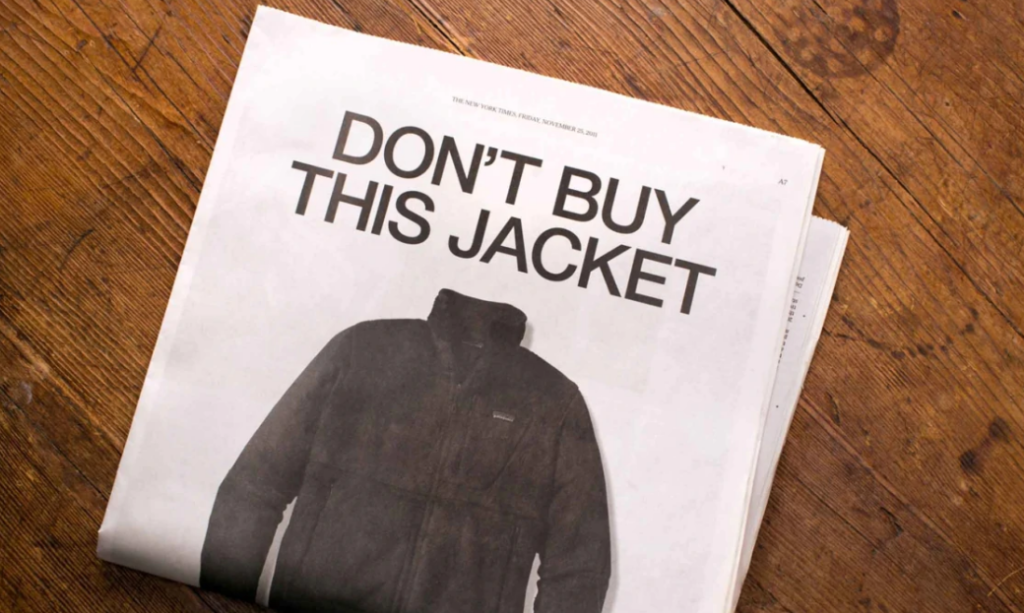
Creative Disruption Is Fueling a New Era of Brand Activism in 2025
Isn’t it true when culture divides, creativity unites. We’re living in an era where taking a stand isn’t just an option for brands—it’s a demand. With global politics in flux, social issues boiling over, and digital platforms magnifying every opinion, brand activism has gone from bold experiment to baseline expectation.
But how do brands navigate this chaos without burning bridges? Enter: creative disruption—the art of breaking the norm, not just to go viral, but to go valuable. When executed right, these two forces—creative disruption and brand activism—don’t just coexist; they collide to create culture-shifting moments.
Let’s unpack how brands are riding this cultural wave, without wiping out.
First, what is creative disruption and brand activism?
Creative disruption is the strategic shake-up of traditional marketing approaches to challenge assumptions and spark conversation. Think: unexpected narratives, daring formats, or disruptive collaborations. It’s creativity with a purpose—not just to entertain, but to agitate the status quo. And when is the disruption tied to a cause? That’s where brand activism comes alive.
Whereas brand activism is when a brand publicly supports (or opposes) social, political, or environmental causes. It’s not about slapping a rainbow on your logo every June or tweeting generic solidarity. It’s about aligning your values with action—and being willing to take a hit for it. In polarized times, this is risky. But also, essential.
According to a 2024 Edelman Trust Barometer, 63% of consumers buy or boycott brands based on their stance on societal issues. Gen Z especially—armed with cancel culture and TikTok megaphones—is pushing brands to walk the talk.
Why disruption + activism = Brand gold (if done right)
In a world where attention is fragmented and skepticism is high, disruptive creativity becomes the Trojan Horse. It breaks through the noise and delivers your message directly into the cultural bloodstream. When that message is rooted in real purpose? You’ve got a movement.
Brands that dare to shake things up for a cause are no longer just selling—they’re storytelling, leading, and participating in the world their audiences care about.
Let’s see this in action.
Examples that moved the needle
These brands supported their positions with audacious, significant actions rather than merely taking a stand. This is how they transformed advocacy into influence.
Ben & Jerry’s: Scooping Out Justice
In terms of brand activism, this company has essentially written the rulebook. From defunding the police to demanding climate justice, Ben & Jerry’s isn’t afraid to get political. Their posts are bold, their actions louder (like pausing sales in Occupied Palestinian Territories), and their copy? Ice-cold and sharp.
Disruption level: High. But so is loyalty from consumers who care.
Patagonia: Don’t Buy This Jacket
In a world of fast fashion and hyper-consumption, Patagonia’s 2011 Black Friday ad told consumers not to buy their products unless they needed them. Fast-forward to 2022, when the founder gave away the company to fight climate change.
That’s brand activism with receipts—and creatively disruptive to a T.

The risks are real—but so are the rewards
Let’s be clear: brand activism isn’t for the faint-hearted. You will alienate some people. But silence, too, is a statement. Inaction in the face of injustice is more damaging than missteps made while standing up.
Look at Nike and Colin Kaepernick. When the brand made him the face of their 30th anniversary “Just Do It” campaign, they took heat. Shares dropped briefly. But soon after? Sales spiked 31%. The message—“Believe in something. Even if it means sacrificing everything.”—became iconic.
The key isn’t to avoid backlash; it’s to earn your position and hold it with conviction.
The pitfalls of performative activism
Here’s where things can go wrong: when brand activism becomes performance over purpose.
Consumers today can sniff out lip service from a mile away. Slapping hashtags on a post or releasing one-time donations during crises won’t cut it. Remember the infamous Pepsi ad with Kendall Jenner? Trying to end police brutality with a can of soda isn’t just tone-deaf—it’s damaging.
Bottom line: You can’t borrow credibility—you build it through consistent, transparent action.
So, how can brands get it right?
By turning values into action and storytelling into impact. It’s not about being loud—it’s about being real and consistent where it counts. Here’s what required:
- Start Inside First: Before speaking out, look inward. Are your internal practices aligned with your external messaging? Is your leadership diverse? Is your supply chain ethical? Don’t shout justice if you’re silent at HQ.
- Partner With Real Voices: Collaborate with activists, creators, and organizations already in the field. It lends authenticity and keeps you grounded in real impact, not brand vanity.
- Be Ready for Pushback: If you’re doing activism right, some friction is inevitable. Train your teams, prep your crisis comms, and lean into the heat—not away from it.
- Follow Through: Activism is a long game. Don’t vanish after the campaign ends. Report on progress. Admit mistakes. Keep the conversation going.
What’s next? Creative activism is evolving
Tomorrow’s brand activism will be more immersive, intersectional, and tech-enabled. Think AR filters that simulate refugee experiences, NFTs funding reproductive rights, or AI-powered fact-checking tools sponsored by brands during elections.
Creative disruption will expand beyond edgy ads to disruptive experiences—from virtual protests to branded community hubs. The future belongs to brands that don’t just say something, but build something.
And with emerging tech like spatial computing and wearables entering the mainstream, brand activism will move into lived spaces—where values are felt, not just seen. Imagine purpose-driven pop-ups in the metaverse, branded digital twins advocating for sustainability, or voice assistants that call out biased language. In this new era, the most impactful brands won’t just join the conversation—they’ll design it.
Cut to the chase
In polarized times, neutrality isn’t noble—it’s a missed opportunity. Your audience wants to know what you believe, not just what you sell. Brands that lead with authenticity and stand for something real will be the true disruptors. Ready to disrupt with meaning? Start now.




